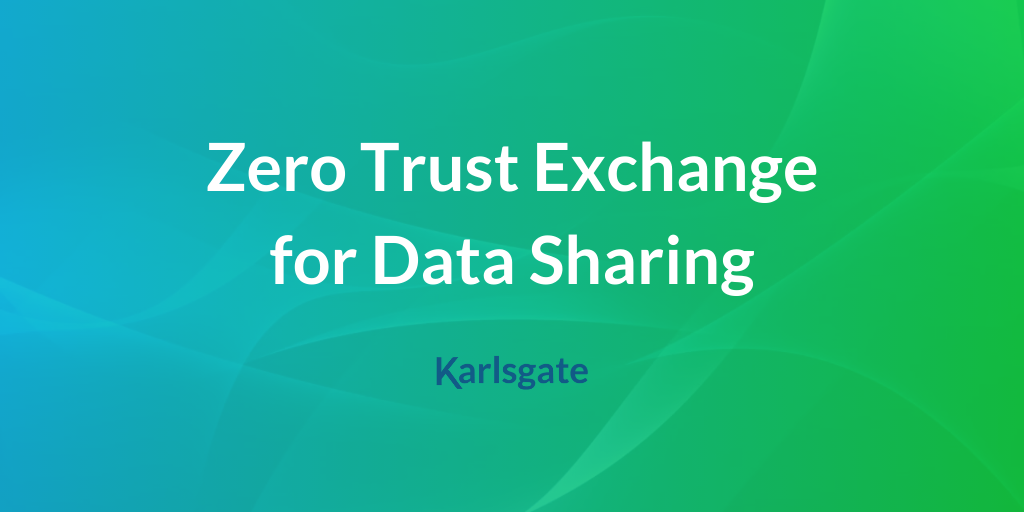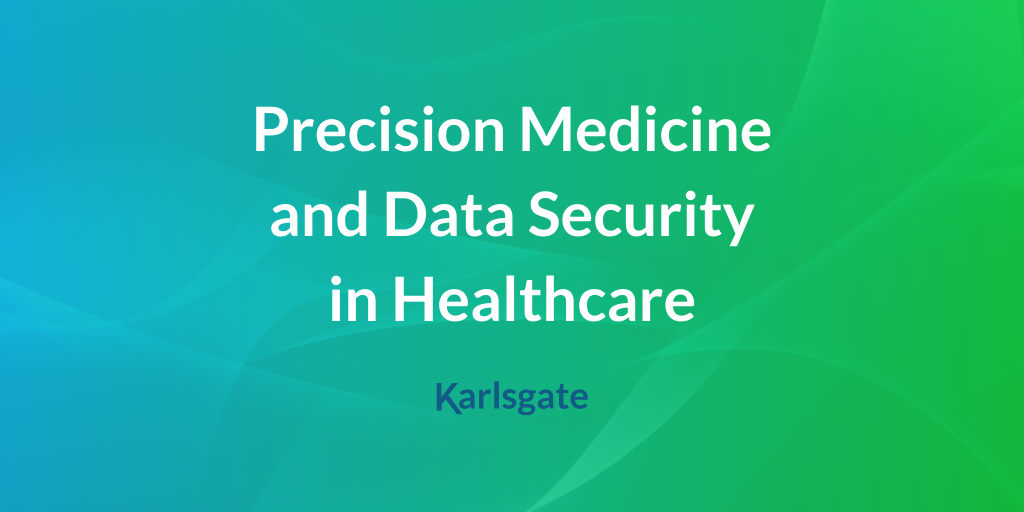Zero trust principles have existed in the IT world for nearly a decade. It took a few years after the introduction of the concept for it to gain popularity and wider adoption. That interest was...
This is a guest post contributed by predictive marketing data innovator AnalyticsIQ.
No one would challenge that data is foundational for the advancement of healthcare. From research to providing care, better data leads to better outcomes. As the healthcare community continues to put a focus on improving health equity as well as preventative care, a new type of data has become more important for driving change.
Sharing is caring — even (or especially) when it comes to data.
Sharing data empowers collaboration and fuels the discovery of new solutions. But sharing things that are too similar in nature won’t help the recipient to build anything truly new or great. For example, if you shared a hammer with your neighbor, that is great! But only if they didn’t have a hammer — otherwise they now have 2 hammers. They are still limited to taking on tasks where the required tool is a hammer. But if you lend them a drill, they now have a broader toolset which can conquer more and different tasks. The same is true with data. Sharing new and distinct tools will empower research and healthcare organizations to tackle different problems with greater efficiency.
An example of a distinct “tool” which has become more important to the healthcare community is social determinants of health. SDOH includes pieces of information about people that go beyond their health records, and have shown to be critical indicators on someone’s quality of life and potential risks.
Taking a broader perspective of patient populations
Broadening patient diversity requires a greater understanding of the populations and communities we serve. Everything from cultural differences like religion and language to socio-economic factors empower providers to truly partner with patients in their health journey. Without taking the first step in understanding, tactics to drive better outcomes lack weight, and will quickly fall flat.
However, there is good news. The data required to better understand patients - and what they truly need - is available. Some common SDOH data categories include:
- Access to Care/Health Outcomes
- Access to Technology
- Economic Insecurity
- Education
- Food Insecurity
- Geography
- Housing Insecurity
- Language Barriers
- Social Isolation
- Substance Abuse
- Transportation Barriers
Now you know your patient population better. What next?
Step one is gaining a better understanding of what your patient population needs and what is in the way of them getting it. The next step is creating solutions to help them move past those challenges. Perhaps a major blocker is concern over cost. Another may be confusion of what the care options may be. In the age of information overload, it’s critically important for patient communication to be clear, easy to understand, and comprehensive. Personalization, or configuration for vital segments, is possible and even scalable, when data is applied.
Personalization is not just for the patients
HCP engagement is also critical for success and can be improved with data. It’s common sense to know that not all HCPs have the same preferences, needs, and pain points - after all, they’re people too. So why do so many healthcare organizations segment HCPs merely by specialty or clinic size?
Everything from their comfort with technology, to specific issues they face in their practice affects how they provide care, so HCPs need more personalized and configured solutions. Meeting this need is no longer optional for those dependent on the success of their HCP engagement. In fact, according to an Accenture survey, 82% of HCPs have seen pharma companies change what they communicate about, to include support that meets their most pressing needs. The companies that successfully pivoted to better support these HCPs didn’t get lucky, they used data.
How would you change your HCP outreach if you factored in the following?
- Demographics (age, gender, marital status, presence of children)
- Confidence using technology
- Personal finance data including income and net worth
- Attitude toward travel
- Channel preference
- Content format preference
- Office role (owner vs. employee)
Improving adherence
Connecting with patients that are highly motivated to improve their health - and who have the means to do so is great. But those patients make it easy! Providers need to be able to effectively connect with patients that act like bystanders in their own health journey - and even some that are downright resistant. That is obviously a great deal more challenging but critically important as well. That is where data can be the difference maker. The stakes are high when working with patient segments that are looking for reasons to opt-out of getting the care they need. A better outcome could be achieved, but first the patient needs to hear about the right program, with the right message, and in the right format. A challenge for sure, but that is where going beyond the chart, and taking in additional data points beyond medical data can make such a powerful difference.
You can’t improve what you don’t measure
Many organizations are focusing their energy on improving health equity, and driving better outcomes for their communities. Those are noble goals, and truly worthy of attention! However, if the goals are not measured, how can we tell if our efforts are actually making a difference?
That is another point when medical data and consumer data come together, obviously with a process and system in place to keep data secure like Karlsgate clients experience. Understanding the patient populations that exist within a community, and comparing it against those who are receiving care, is a powerful metric to monitor and ensure your programs are working.
Multiple data viewpoints lead to new innovation and solutions
No one would argue that consumer data alone is the answer to any healthcare crisis. If your doctor walked in and only asked about your preferences and motivations, but didn’t take any vitals, you would be concerned to say the least. The most effective solutions are uncovered when the healthcare community looks at the whole person. Yes the medical data is essential, but so is the information that goes beyond the chart that may inform whether the person follows any instruction after walking out the door or if they are leaving out important pieces of information when completing their medical forms. Bringing these two distinct data types, or tools, together unlocks new answers and new solutions. In the information age, data sharing in the healthcare space, with unique and high-quality data is what we should all expect from each other.








